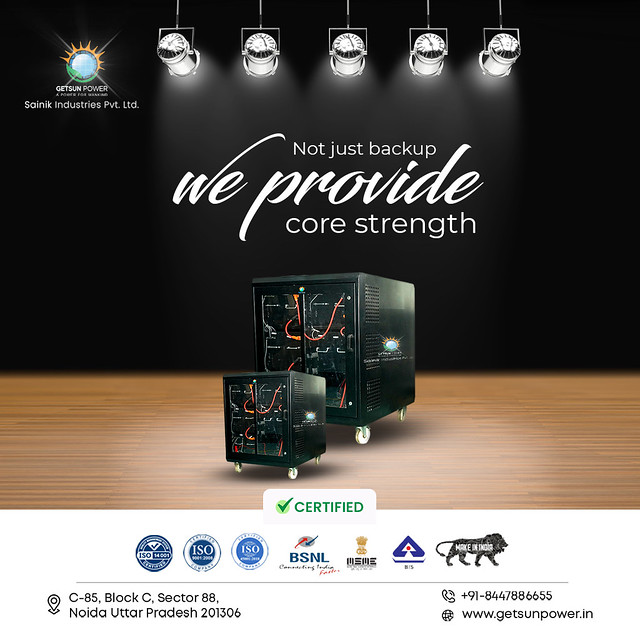Lithium Battery

: The Powerhouse of Portable Energy
Introduction:
Lithium rechargeable cell, High-energy density lithium battery, Li-ion battery, Rechargeable lithium battery. These are just a few terms commonly associated with the marvel that is the lithium battery. In this article, w lithium battery e will delve deeper into the world of lithium batteries and explore their manufacturing process, characteristics, advantages, usage methods, tips for selecting the right product and finally conclude with an overview.
Manufacturing Process:
The manufacturing process of a lithium battery involves several key steps. First and foremost is the preparation of electrodes made from materials such as graphite for the anode lithium battery and lithium cobalt oxide or nickel manganese cobalt oxide for the cathode. These electrodes are then coated onto thin metal foils and assembled in layers separated by a membrane soaked in electrolyte solution containing Lith

ium hexafluorophosphate (LiPF6). Finally, these layers are wrapped into a tightly sealed package to prevent leakage.
Characteristics:
Lithium batteries are known for their high energy density compared to other types of rechargeable cells like Nickel Cadmium (NiCd) or Lead Acid batteries. This means they have more storage High-energy density lithium battery capacity per unit weight or volume. Their lightweight nature makes them ideal for applications where portability is crucial.
Advantages:
One distinct advantage of Lithium-ion batteries over traditional rechargeable options is their lac lithium battery k of memory effect. Memory effect occurs when a battery “remembers” its maximum charge capacity if not fully discharged before recharging leading to diminished overall capacity over time.
Furthermore, Lithium-ion batteries offer faster charging times compared to lead-acid alternatives while maintaining stable voltage levels throughout discharge cycles which translates into longer-lasting power supply making the lithium battery m highly popular among consumers today.
Usage Methods:
With various configurations available on the market such as cylindrical or prismatic shapes depending on specific requirements ensuring c

ompatibility with different devices has become easier than ever before! One must keep in mind, however, that these batteries require special charging equipment and should be used within the manufacturer’s specifie Li-ion battery d operating conditions.
How to Select the Right Lithium Battery:
When selecting a lithium battery for your needs, consider factors such as capacity (measured in Ampere-Hours), voltage compatibility with lithium battery the intended device(s), and cycle life. It is also important to ensure proper size and weight dimensions align with your application requirements.
Conclusion:
In conclusion, lithium batteries have revolutionized portable energy storage. Their unique characteristics of high energy density, lack of memory effect, fast-charging capabilities coupled with extended cycle life make them an ideal choice for various appli lithium battery cations ranging from smartphones to electric vehicles. By understanding the manufacturing process, advantages, usage methods, a Lithium rechargeable cell nd considering key selection criteria outlined above one can confidently choose the right lithium battery suitable for their individual needs.
Remember: Lithium Batterylithium batterylithium batterylithium batterylithium battery are truly pioneers of modern-day power solutions!
